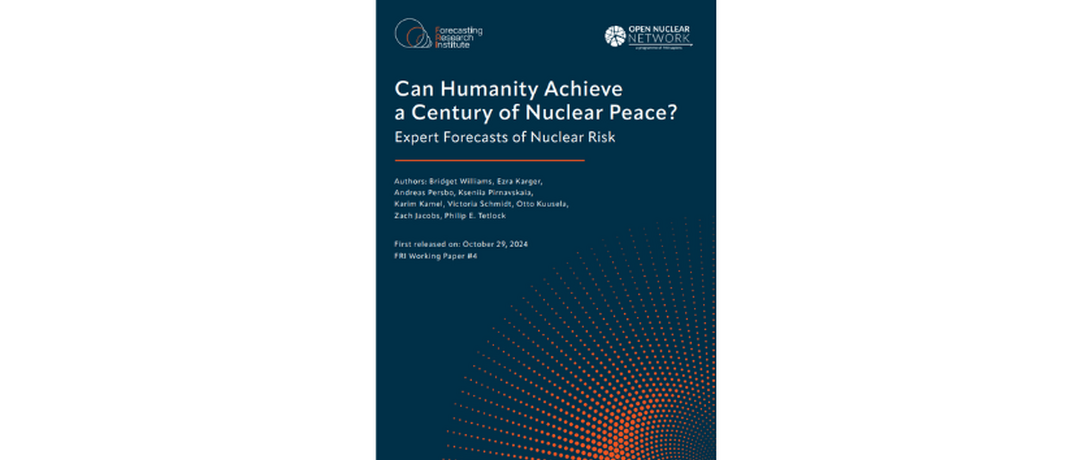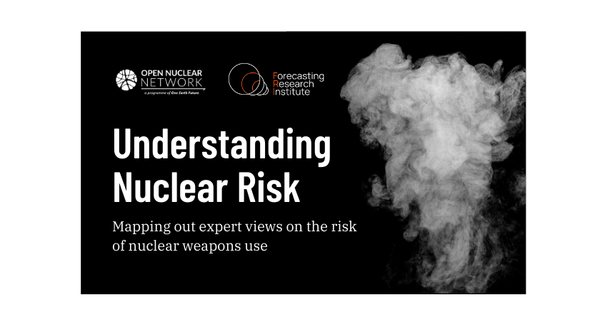
Abstract
While the world has avoided large-scale nuclear war, questions remain about the role of chance versus policy choices in preventing such events. This study systematically assesses expert beliefs about the probability of a nuclear catastrophe by 2045, the centenary of the bombings of Hiroshima and Nagasaki. We define a nuclear catastrophe as an event where nuclear weapons cause the death of at least 10 million people. Through a combination of expert interviews and surveys, 110 domain experts and 41 expert forecasters (“superforecasters”) predicted the likelihood of nuclear conflict, explained the mechanisms underlying their predictions, and forecasted the impact of specific tractable policies on the likelihood of nuclear catastrophe. Experts assigned a median 5% probability of a nuclear catastrophe by 2045, while superforecasters put the probability at 1%. Factors contributing to higher risk estimates included ongoing geopolitical tensions, the proliferation of nuclear weapons, and technological vulnerabilities. Lower risk estimates highlighted the continued effectiveness of nuclear deterrence. Although Russia and NATO was the adversarial domain thought most likely to cause a nuclear catastrophe, experts believe that risks are dispersed roughly uniformly across regional conflict theaters (Russia and NATO, China and the USA, the Korean Peninsula, India and Pakistan, and Israel and Iran). Participants believe that the implementation of a bundle of six tractable policies, including the establishment of a crisis communications network and the implementation of failsafe reviews, would together halve the risk of a nuclear catastrophe.

